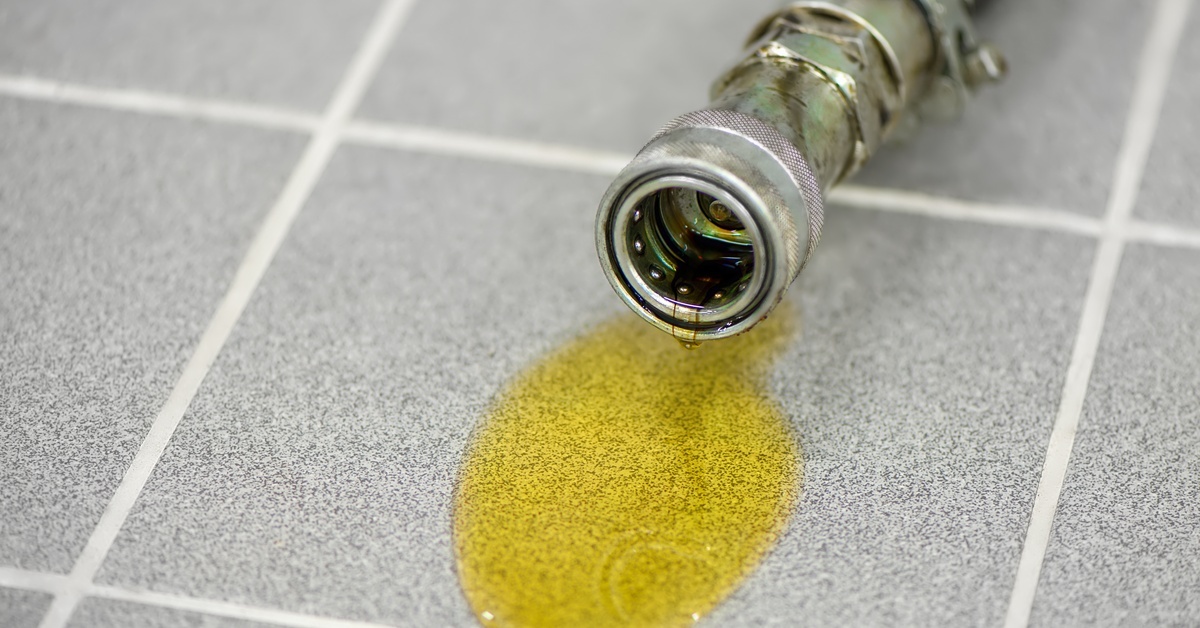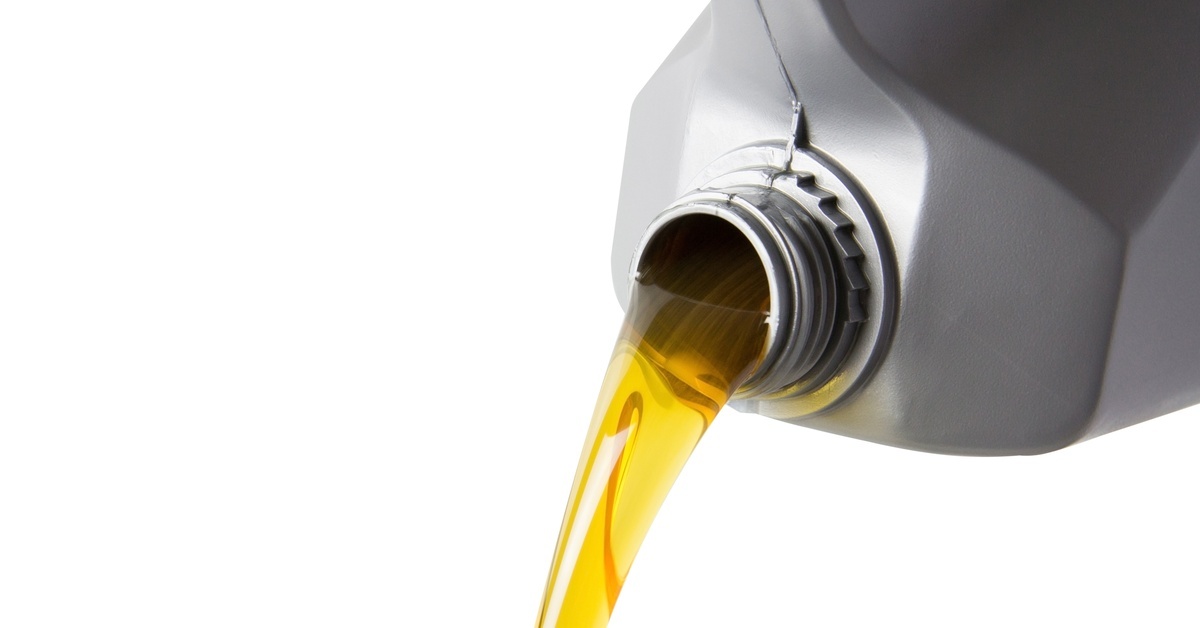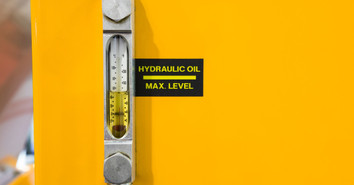Hydraulic systems supply the power for a wide array of industrial operations, from heavy construction equipment to advanced manufacturing machinery. The sustained efficiency and operational integrity of these complex systems are intrinsically linked to meticulous hydraulic fluid maintenance. Indeed, proper fluid management determines whether these components consistently deliver reliable, high-performance output or succumb to costly breakdowns. Neglecting this aspect can lead to premature wear, increased downtime, and reduced component lifespan, ultimately resulting in financial losses.
This complete maintenance guide for hydraulic oil provides maintenance professionals with the technical expertise needed to optimize system performance. Following these principles will extend equipment lifespan, heighten efficiency, and reduce costs from unexpected failures. The first step in proactive maintenance and safeguarding any hydraulic system involves the rigorous control and monitoring of internal contaminants.
Monitor Contamination Levels Through Regular Testing
Contamination poses the biggest risk to hydraulic system performance. Particulates, water ingress, and chemical impurities can harm fluid quality and damage system parts. Regular testing helps detect contamination early, preventing irreversible damage. Use a structured sampling protocol to collect fluid from test ports during regular operation. Laboratory analysis assesses particle counts, water levels, and chemical changes.
ISO 4406 codes offer a standard way to measure cleanliness and monitor fluid condition over time. Water contamination demands quick action, as even small amounts speed up wear and bacterial growth. Karl Fischer titration precisely measures water content, and visual checks can detect free water. Aim to keep water below 200 ppm for most hydraulic systems, though some may need stricter limits.
Control Operating Temperature Within Specified Ranges
Temperature control is crucial for hydraulic oil durability and performance. Excess heat can cause fluid molecules to break down, lowering viscosity and speeding up oxidation, while cold temperatures increase viscosity and reduce efficiency. Continuously monitor reservoir temperatures using calibrated sensors at various points throughout the system.
Most hydraulic oils work best between 100°F and 140°F (38°C to 60°C), though specific needs may vary. Install temperature alarms to warn operators before temperatures reach dangerous levels. Use heat exchangers, cooling fans, and design adjustments to maintain stable temperatures. Regular cleaning of heat exchangers prevents efficiency loss and temperature rises. Upgrading to higher-performance fluids can be beneficial when thermal limits are frequently approached.
Quick Temperature Management Tips
- Position temperature sensors at reservoir return lines for accurate readings.
- Clean heat exchanger surfaces monthly to maintain cooling efficiency.
- Use thermal imagery to identify hot spots in hydraulic lines and components.
- Install bypass filtration systems to remove heat-generating contaminants.

Establish Systematic Filtration Protocols
Effective filtration removes contaminants before they circulate through hydraulic systems. Multi-stage filtration approaches capture particles of varying sizes while maintaining adequate flow rates. For instance, primary filters handle large debris, and secondary filters remove fine contaminants.
Return line filtration captures contaminants generated within the system, preventing their recirculation. Suction strainers protect pumps from large particles that could cause immediate damage. Moreover, pressure line filters safeguard sensitive components like servo valves and proportional devices.
Monitor differential pressure across all filters to determine replacement intervals. Replace filter elements before bypass valves open, which typically happens at a 25-psi differential pressure. Document filter change dates and contamination levels to optimize replacement schedules and identify system problems.
Schedule Fluid Analysis at Regular Intervals
Predictive maintenance through fluid analysis prevents unexpected failures and extends equipment life. Establish sampling frequencies based on operating conditions, system criticality, and manufacturer recommendations. High-duty cycle equipment requires more frequent analysis than standby systems.
Collect samples using proper techniques to maintain sample integrity. Use dedicated sampling valves installed in turbulent-flow areas to obtain representative fluid samples. Avoid sampling from reservoirs where contaminants may settle or during system startup when debris becomes suspended.
Laboratory reports provide data on viscosity changes, acid numbers, particle counts, and wear-metal concentrations. Trending these parameters over time reveals developing problems before they cause system failures. Hydraulic grease applications may require different analysis protocols due to their thicker consistency and different contamination patterns.
Implement Proper Storage and Handling Procedures
Contamination happens during fluid storage and transfer operations. Sealed containers prevent moisture ingress and airborne particle contamination. Store hydraulic oils in clean, temperature-controlled environments away from incompatible chemicals.
Use dedicated transfer equipment for hydraulic fluids to prevent cross-contamination with other lubricants. Clean all transfer hoses, pumps, and fittings before fluid handling operations. Also, install filtration during transfer operations to remove contaminants introduced during storage or handling.
Label all containers clearly with fluid specifications and purchase dates. Rotate stock using the first-in, first-out (FIFO) principle to prevent fluid degradation during extended storage. Inspect containers regularly for damage that could compromise fluid quality.
Storage Best Practices
- Maintain storage temperatures between 40°F and 100°F to preserve fluid properties.
- Use moisture-excluding containers with tight-fitting lids or caps.
- Position containers on pallets or racks to prevent ground moisture contact.
- Implement spill containment measures to protect environmental resources.
Maintain System Cleanliness During Service Operations
System contamination often occurs during maintenance when external contaminants enter through open ports and connections. Implement clean maintenance procedures to reduce contamination risks during service. Ensure all tools, work surfaces, and connection points are thoroughly cleaned using lint-free materials and approved solvents before maintenance.
Cover open system ports immediately after disconnecting hydraulic lines to prevent particles from entering. Flush new components with clean hydraulic fluid before installation to remove residues and preservatives. Pre-filter any additional makeup fluid with portable filtration units rated for the desired cleanliness level. Keep detailed records of all service activities to maintain a complete maintenance history.
Replace Hydraulic Oil Based on Condition Assessment
Fluid replacement schedules should be determined by operating conditions rather than fixed time intervals. Make replacement decisions based on fluid analysis results, contamination levels, and performance changes instead of calendar dates. Regularly monitor fluid properties such as viscosity at operating temperature, acid number progression, and particle contamination levels. Replace fluids when any parameter exceeds acceptable limits or if several indicators suggest degradation.
Emergency replacement is required if water contamination exceeds 1000 ppm or particle counts reach ISO 20/18/15 or higher. For large reservoir systems where complete fluid changes are impractical, consider partial replacements to preserve fluid quality, lower disposal costs, and minimize environmental impact. Determine the percentage of fluid to replace based on contamination dilution needs and system operation requirements.

Your Source for Hydraulic Fluid Expertise
Keep our comprehensive hydraulic oil maintenance guide in mind to maximize fluid investment and safeguard your equipment. Professional hydraulic fluid upkeep requires high-quality products and expert technical support. Following a structured maintenance plan protects your valuable equipment and enhances operational dependability.
Contact Santie Oil Company at 800-748-7788 to discuss your specific hydraulic maintenance requirements and explore our comprehensive range of heavy-duty hydraulic fluids designed for demanding industrial applications.

